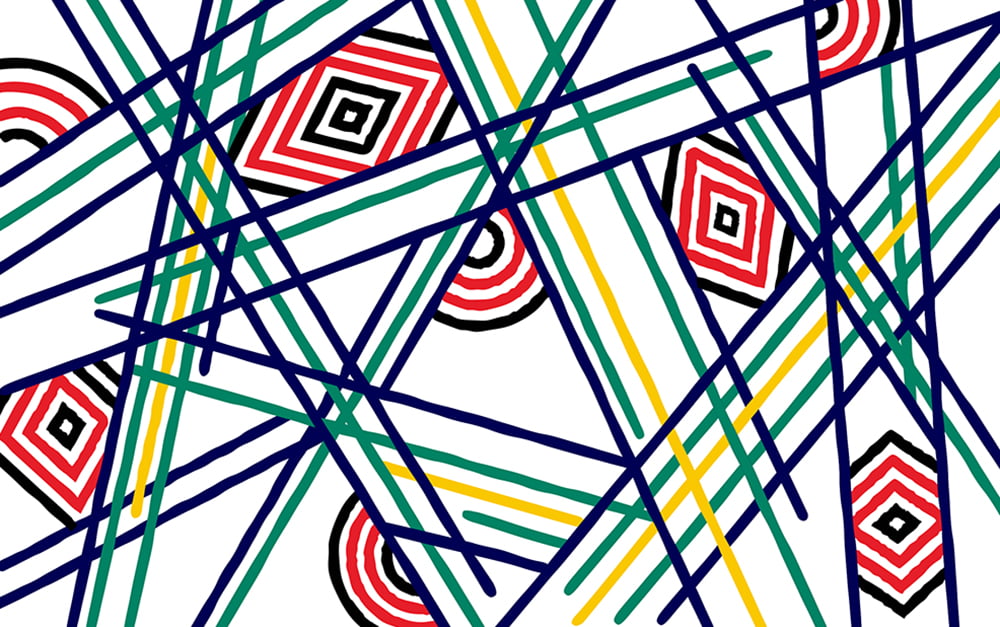
Expanding gender inequalities in work
COVID-19 has dramatically exposed gender inequalities in paid and unpaid work, highlighting the ongoing undervaluing of work performed by women and highlighting women’s vulnerability to economic disadvantage. Globally, concerns are growing that the COVID health and economic disruptions are increasing and deepening gender inequalities.
In Australia, women’s overall weaker labour market position, their dominance in essential caring occupations that are low-paid, and their continuing responsibility for most unpaid care work have all been placed under the spotlight in the current crisis.
Across the economy, women have lost more jobs than men due to their over-representation in casual and part-time jobs. Some of women’s job losses are in those industries and occupations hit hardest by COVID restrictions and which have high numbers of inherently insecure casual jobs (such as sales and service work in hospitality and retail). However, the impact is much wider as, in 14 of Australia’s 19 industry sectors, women held the majority of all the jobs lost in April. Women made up 55% of all workers who lost their jobs. At the same time women’s labour force participation rate also decreased (by 2.9%, compared with a 1.9% decrease for men).
Women are losing work hours as well as jobs, with their hours reduced by 11.5 %, compared with 7.5% for men in April. While some women may have been forced to cut back work hours due to unpaid family work (i.e. additional childcare and home schooling), there are indications that businesses opt to reduce part-time employees’ hours and jobs before those of full-timers. As women are two-thirds of all part-time employees, this puts them at greater risk of underemployment.
Pre-COVID, women’s greater share for unpaid care has limited their ability to pursue and maintain employment. In heterosexual couple households, especially those with young children, traditional gendered social norms persist and men are likely to be in full-time employment while women combine short hours paid work with unpaid care of children. Women perform 76% of childcare and 67% of domestic work in Australia with this the case irrespective of income, education and location groups.
While the Government’s free COVID childcare initiative may help some families with young children, many other families have lost access to both formal and informal care (e.g. grandparents) and taken on responsibility for children’s schooling. Research from the UK and USA suggests women are doing most of the home schooling of children, even when both partners are employed.
While women appear to be bearing the brunt of economic risk in employment they are also the overwhelming majority of people working in healthcare and social assistance jobs and face the greatest risk of COVID infection at work. Despite the importance of this essential work many of these jobs are low-paid, and a high proportion of workers are casual and without access to paid sick and other leave (For more on these issues see: CPOW blog posts 26 May and 29 April).
Australian and international human rights bodies, business groups and academics have identified risks for gender equality arising from COVID-19 and have called for research to find solutions for the long-term. The Snap Forward Feminist Policy Network of researchers, policy consultants, women’s advocates and gender equality organisations has made a submission to the Senate Select Committee on COVID-19 raising these and other issues and proposing some solutions and ways forward. As members of the academic Work and Family Policy Roundtable, CPOW researchers have supported this submission.
Dr Fiona Macdonald is a Senior Research Fellow in the College of Business and Law School of Management and is a member of the Centre for People, Organisation and Work.
Related News
Indonesia’s Energy Transition: Navigating Ambition, Reality and Opportunity
Indonesia’s energy transition is entering a decisive phase. The country has moved from broad pledges toward a more detailed—if occasionally inconsistent—policy framework.
Are we living through an era of extraordinary technological progress, or a drought of genuine breakthroughs?
Public optimism about the pace of technological progress has rarely been higher. Popular discourse is saturated with claims that we are on the cusp of extraordinary transformation, whether through artificial intelligence, biotechnology, or even the merging of humans and machines.
Reforming the Corporations Act to Include Human Rights Due Diligence: A Legal Proposal
Australia may be on the cusp of a significant shift in how corporate law addresses non-financial risk and promotes Environmental, Social and Governance (ESG) performance.


Acknowledgement of Country
RMIT University acknowledges the people of the Woi wurrung and Boon wurrung language groups of the eastern Kulin Nation on whose unceded lands we conduct the business of the University. RMIT University respectfully acknowledges their Ancestors and Elders, past and present. RMIT also acknowledges the Traditional Custodians and their Ancestors of the lands and waters across Australia where we conduct our business - Artwork 'Sentient' by Hollie Johnson, Gunaikurnai and Monero Ngarigo.
More information



